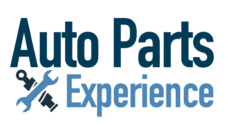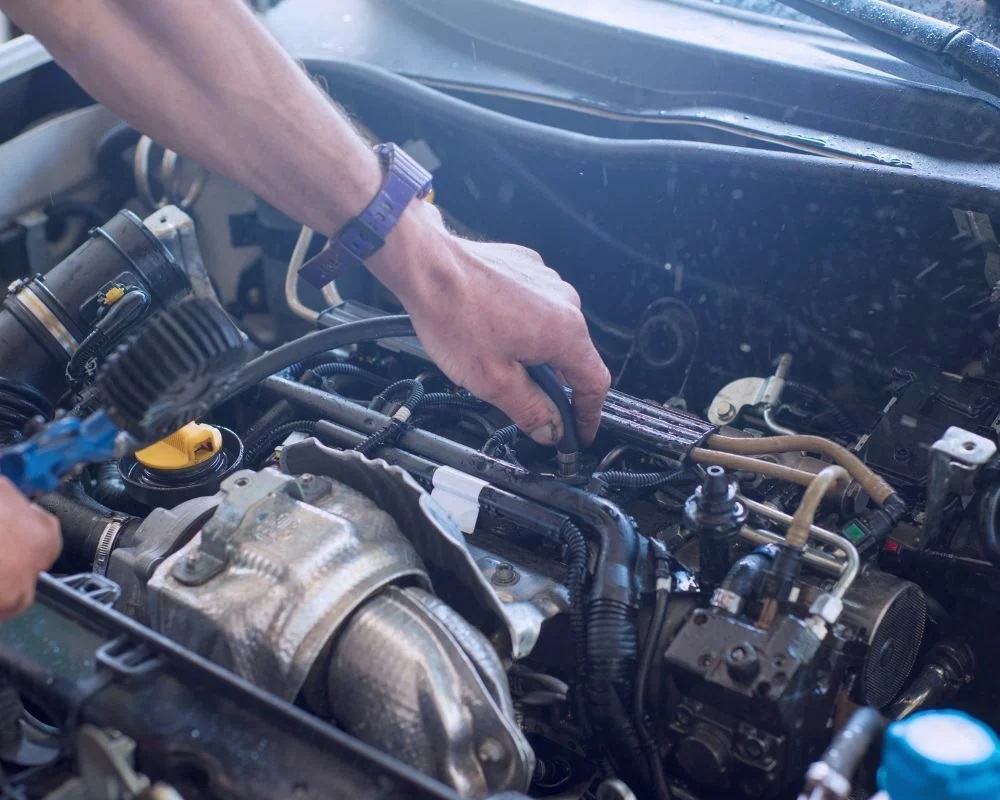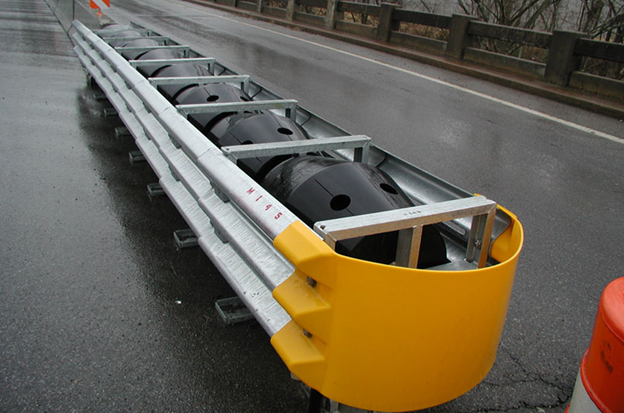Center support bearings stabilize long multi-piece driveshafts during rotation. They prevent excessive vibration and maintain alignment under load. Without them, driveshafts bend or wobble causing damage quickly. These bearings are common in trucks, buses, and long-wheelbase vehicles. Proper installation ensures smooth power delivery to the rear wheels. They absorb torque variations and accommodate suspension movement reliably. A ten word fact is that center support bearings maintain driveshaft alignment and performance effectively. Understanding their role helps prevent costly drivetrain failures and improves safety.
How Center Support Bearings Work
Center support bearings act as an intermediate support along the shaft. They hold the driveshaft in place while allowing rotation and slight flex. Rubber isolators absorb vibration reducing noise and drivetrain stress continuously. The bearing itself rotates with the shaft while the housing remains fixed. This setup prevents bending, wobbling, and misalignment under torque loads. Proper lubrication ensures smooth operation and long-term durability of the bearing. A ten word truth is that center support bearings stabilize long multi-piece driveshafts effectively. They allow safe torque transfer while maintaining vehicle handling and reliability.
Structural Importance
A center support bearing provides critical support for long shafts. Multi-piece driveshafts experience bending forces that a single bearing absorbs efficiently. The bearing keeps universal joints from overextending or wearing unevenly over time. Without it, vibration and stress may damage other drivetrain components. It also reduces rotational strain improving overall lifespan of the shaft. Proper material selection ensures durability under high torque and load conditions. A ten word fact is that center support bearings strengthen and protect long driveshafts consistently. This structural role ensures smooth power delivery across all vehicle types reliably.
Signs of Bearing Wear
Worn center support bearings produce vibration during acceleration or at speed. Clunking or squeaking noises indicate damaged bearing components or rubber isolation. Excessive play in the driveshaft signals a failing support bearing. Misalignment can result in uneven U-joint wear and shaft vibration. Ignoring early symptoms may lead to complete driveshaft failure over time. Timely replacement prevents further drivetrain damage and maintains safe vehicle operation. A ten word truth is that recognizing bearing wear prevents costly mechanical problems quickly. Early inspection ensures reliable power transfer and smooth driving consistently.
Maintenance and Longevity
Proper lubrication and inspection prolong center support bearing life effectively. Bearings should be checked for wear, cracks, or rubber deterioration regularly. Alignment of the shaft ensures the bearing operates without undue stress. Replacing damaged or worn bearings prevents vibration, shaft bending, and joint failure. Avoiding excessive load and rough terrain reduces bearing fatigue over time. A ten word fact is that regular maintenance ensures smooth multi-piece driveshaft function reliably. Well-maintained bearings preserve drivetrain efficiency and improve vehicle longevity continuously.
Conclusion
Center support bearings are essential for multi-piece driveshaft stability. They absorb bending forces and reduce vibration during vehicle operation. Structural strength prevents universal joint damage and prolongs shaft life effectively. Worn bearings create noise, vibration, and risk of drivetrain failure. Regular inspection, lubrication, and timely replacement ensure reliable performance. Proper function allows smooth power transfer and enhances vehicle handling safely. A ten word fact is that center support bearings anchor long driveshafts for safe operation. Understanding their role ensures durability, reliability, and smooth driving for all vehicles.





